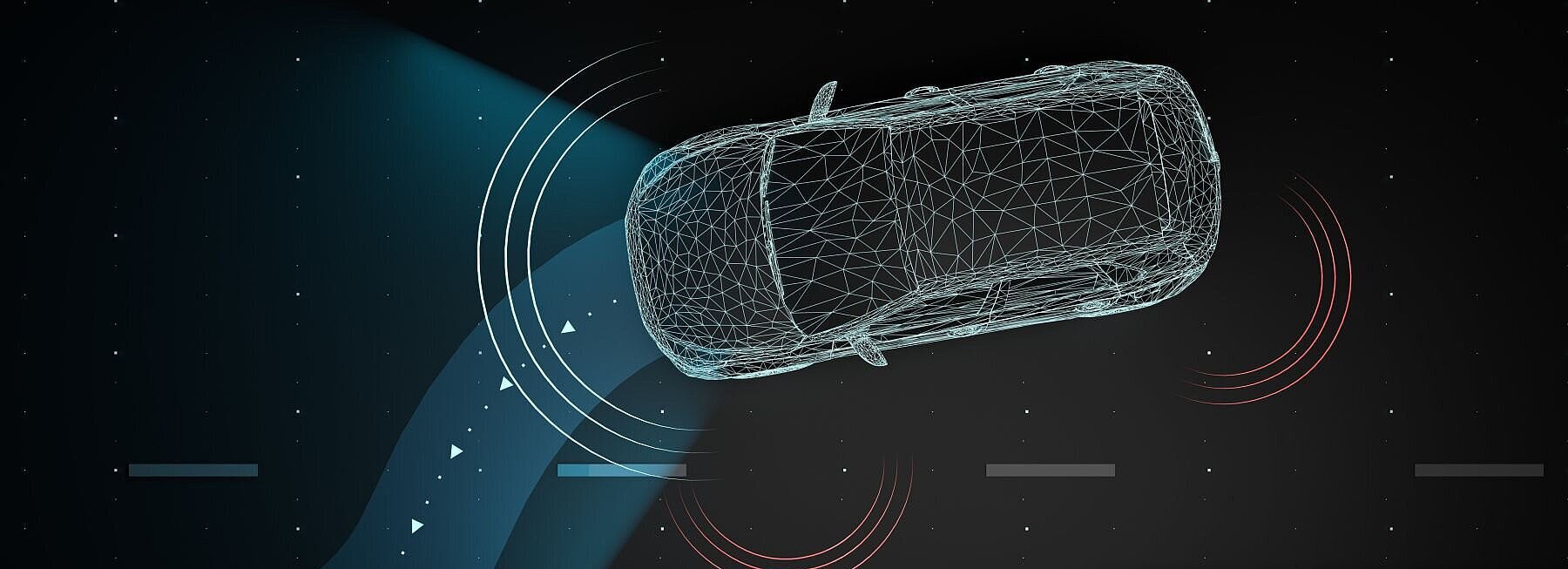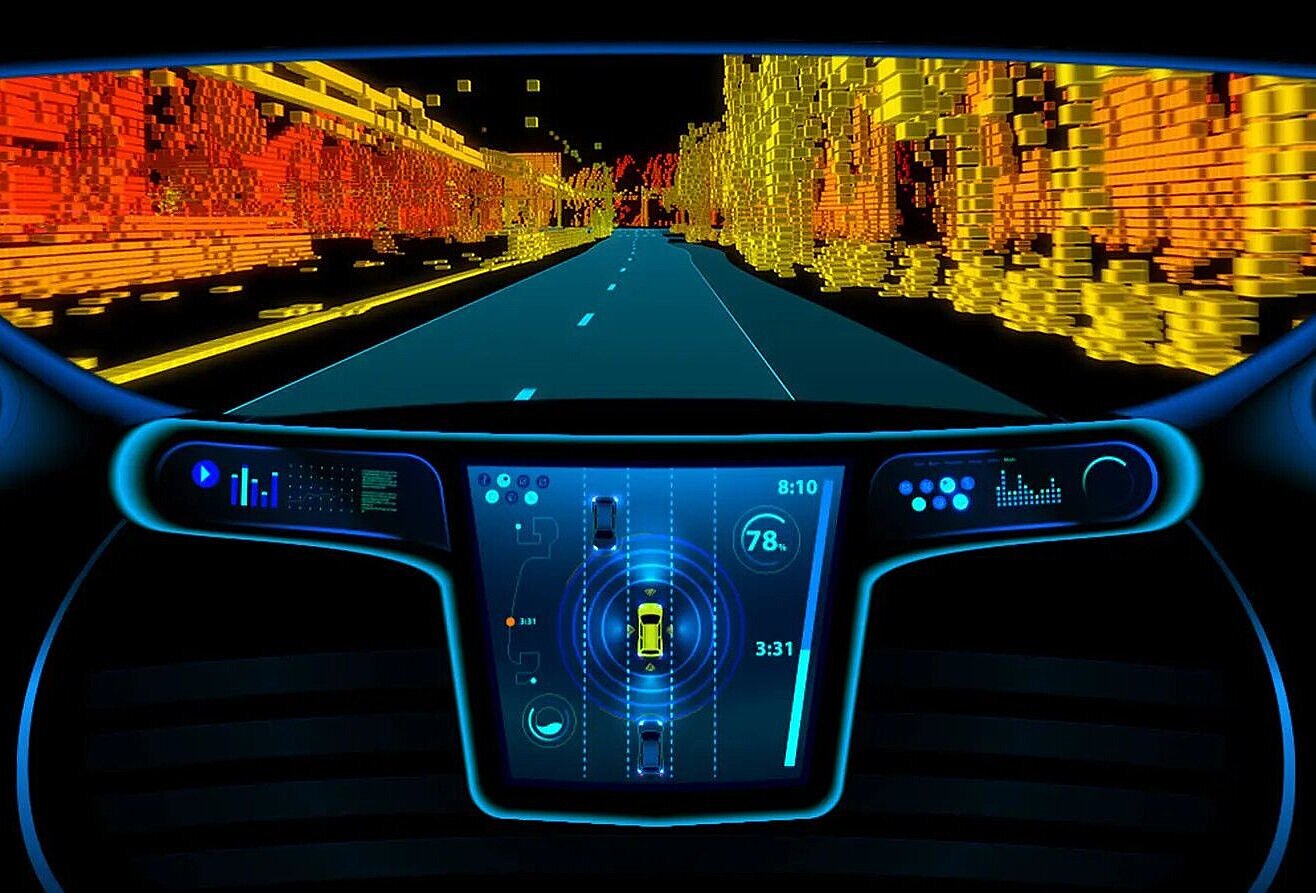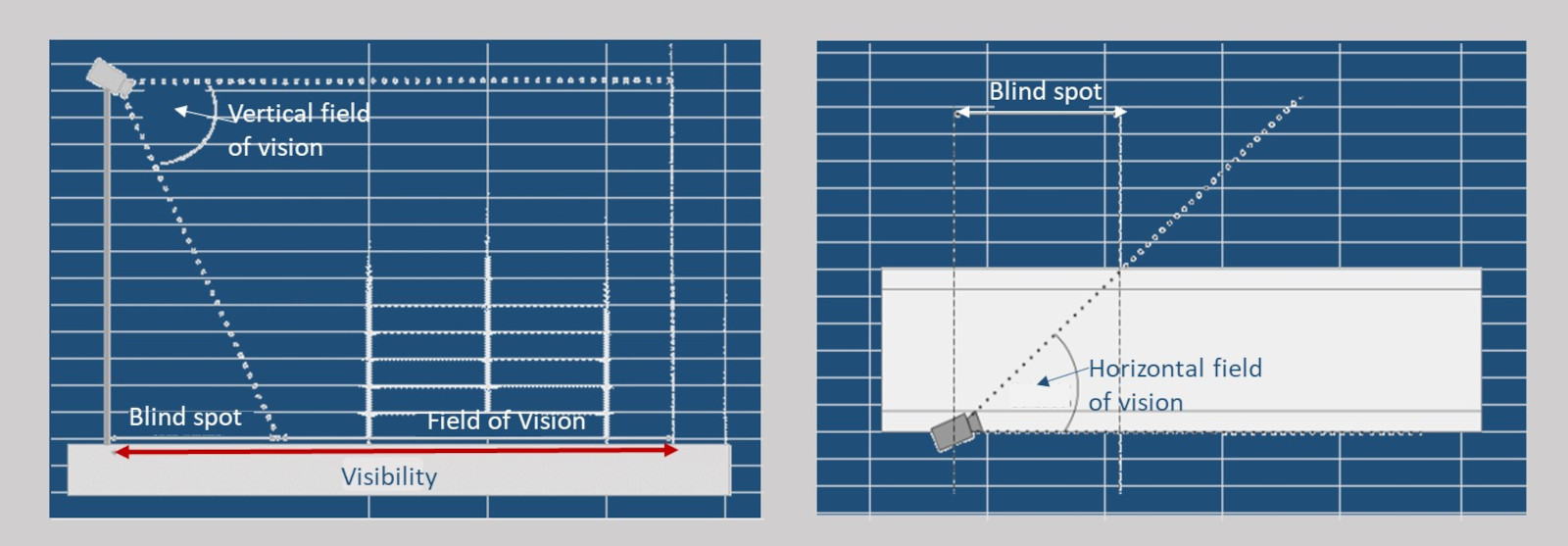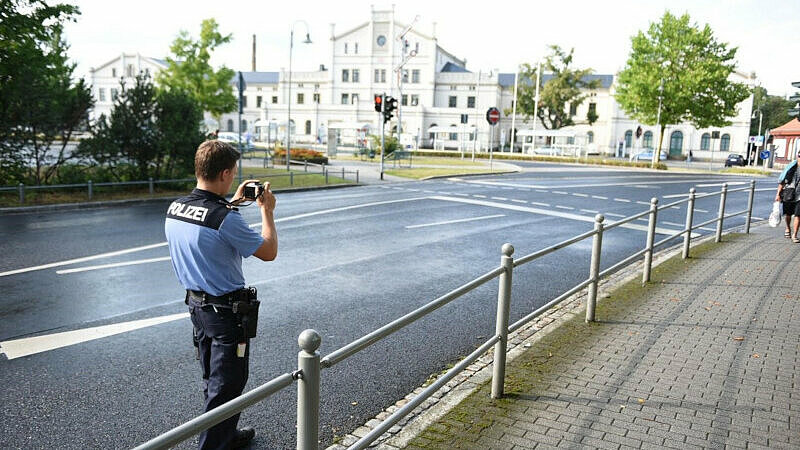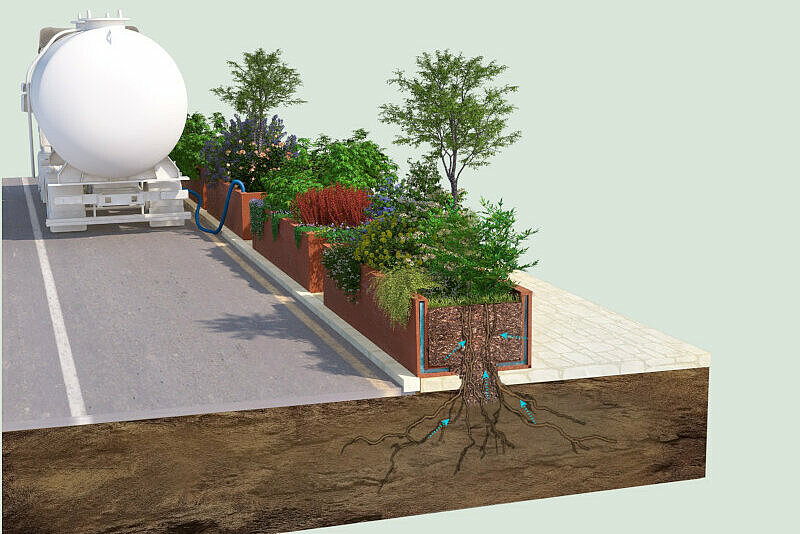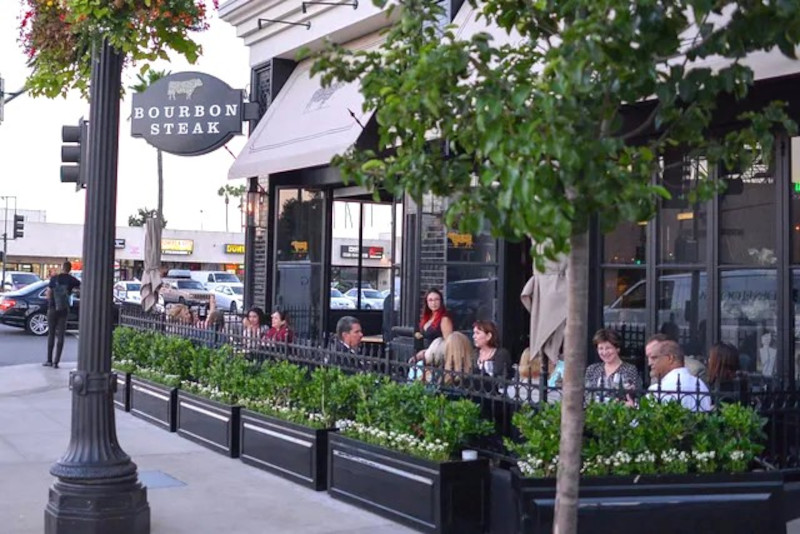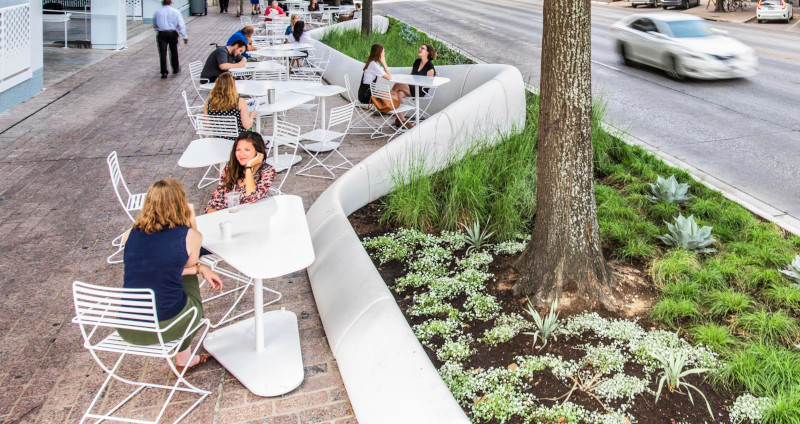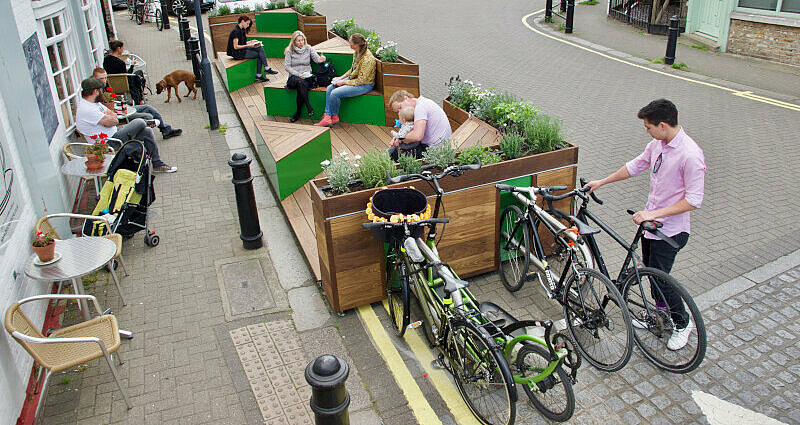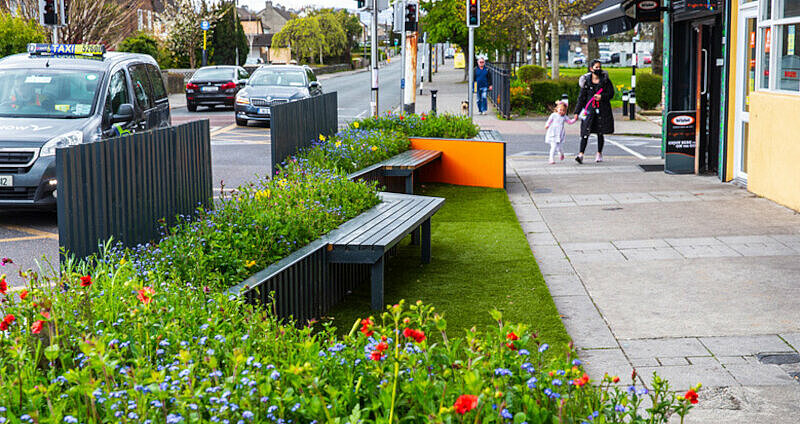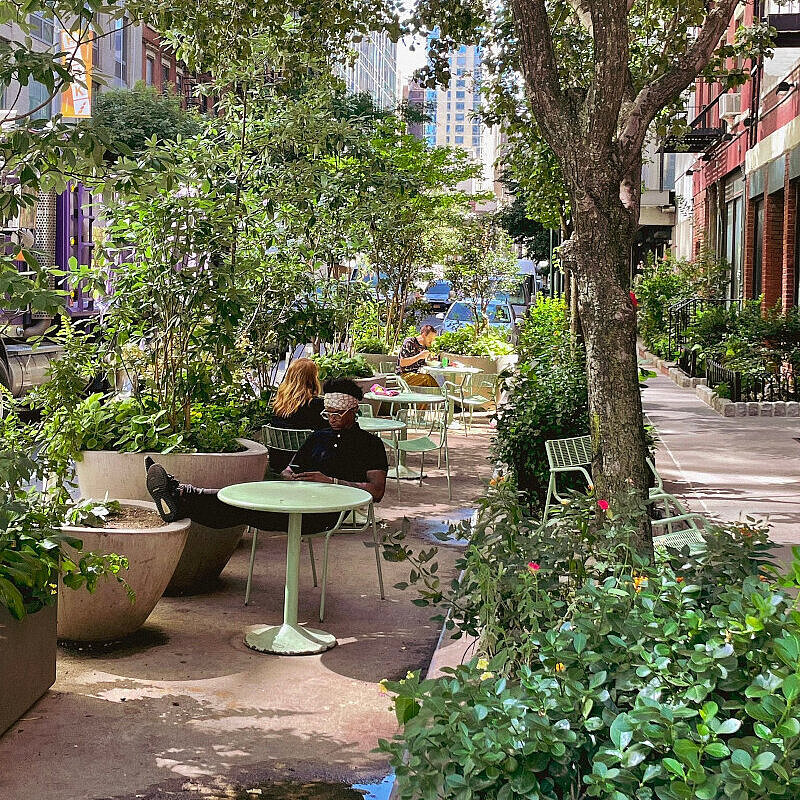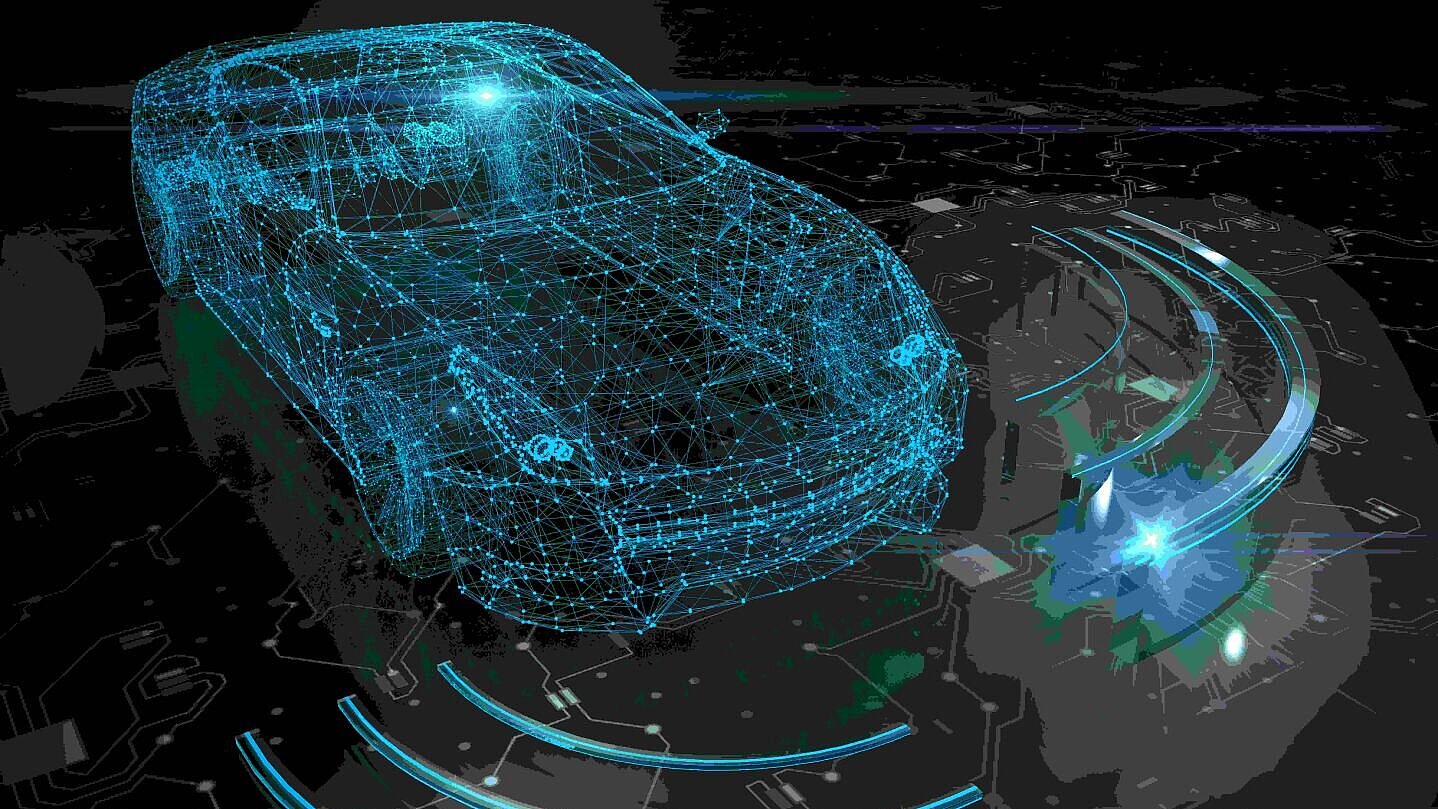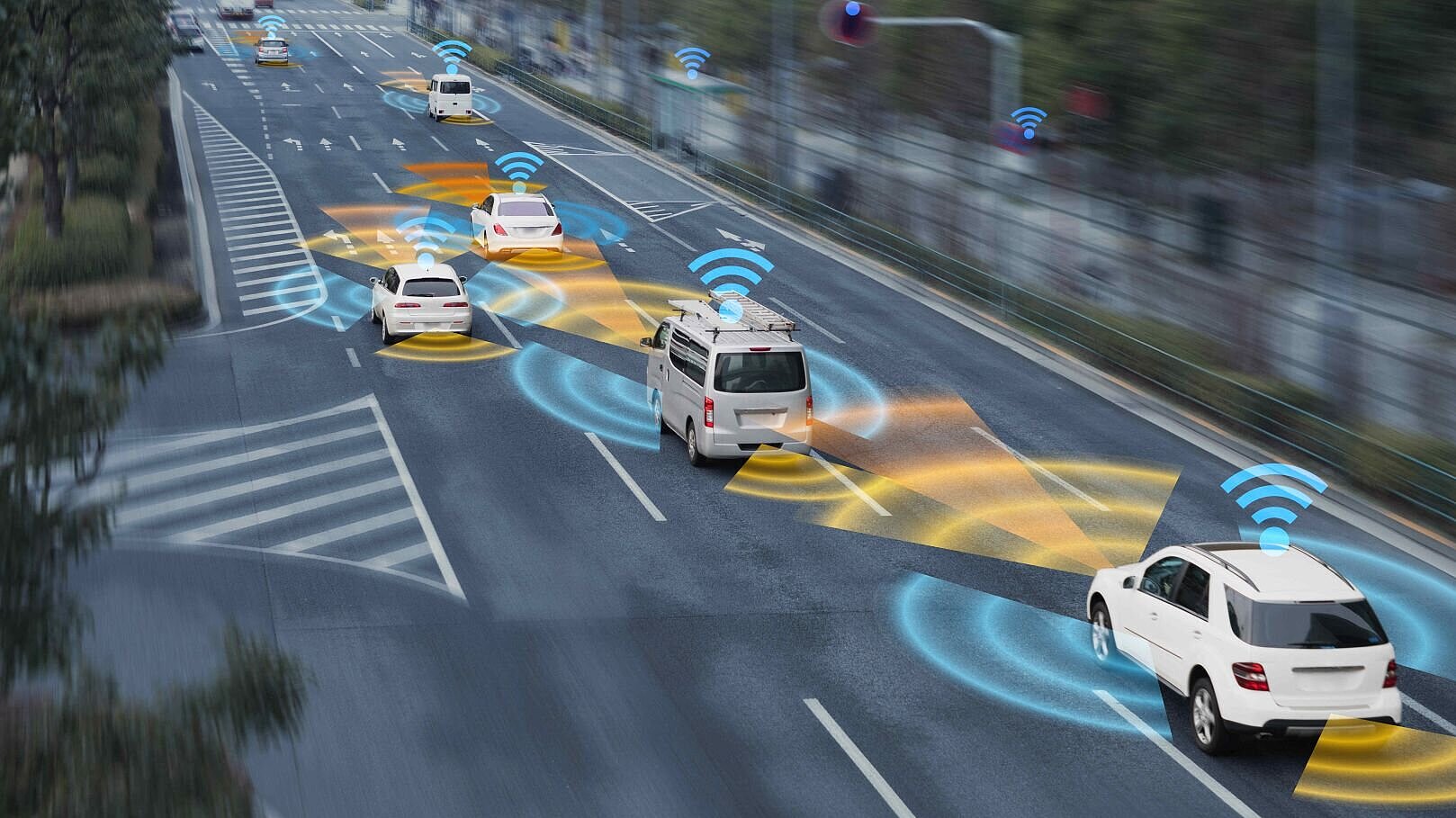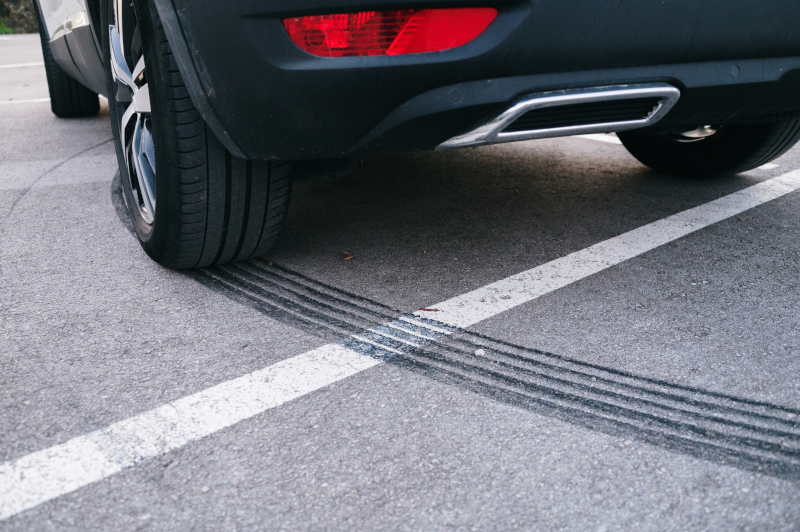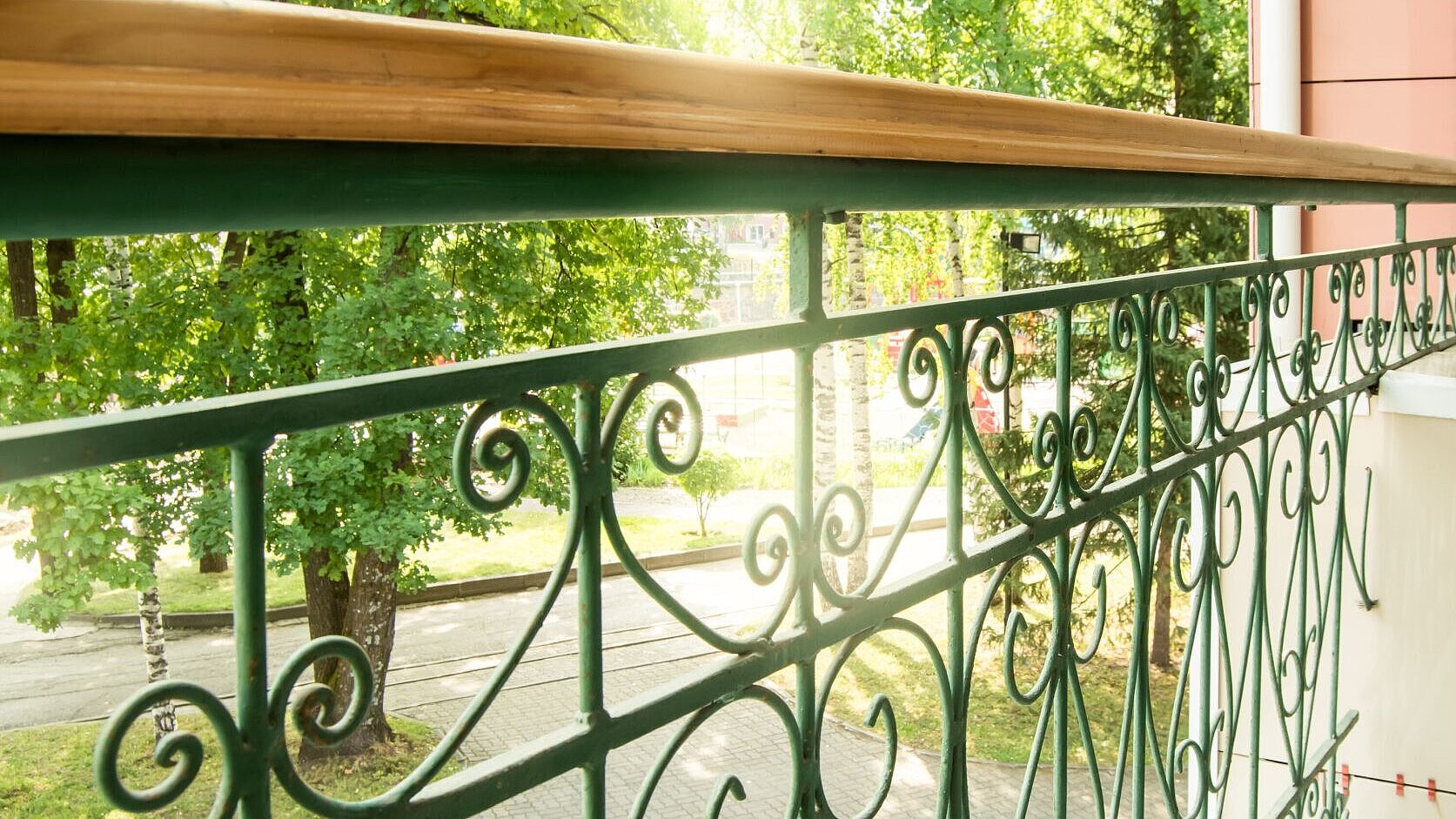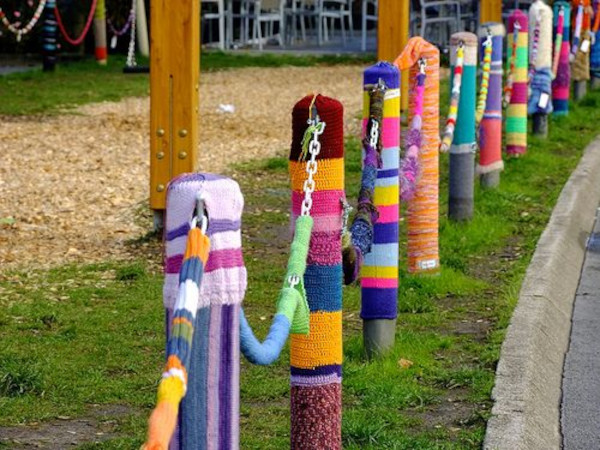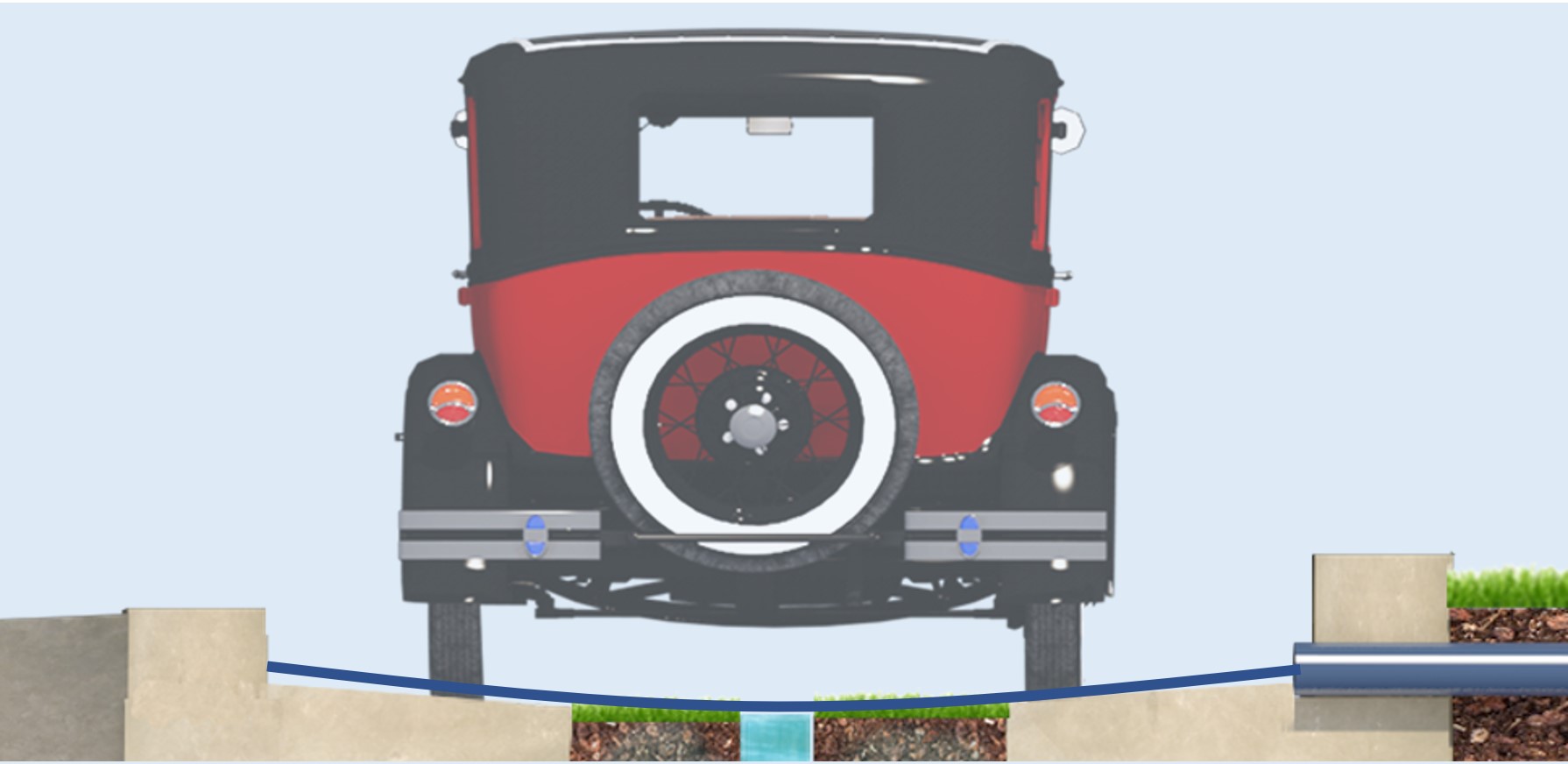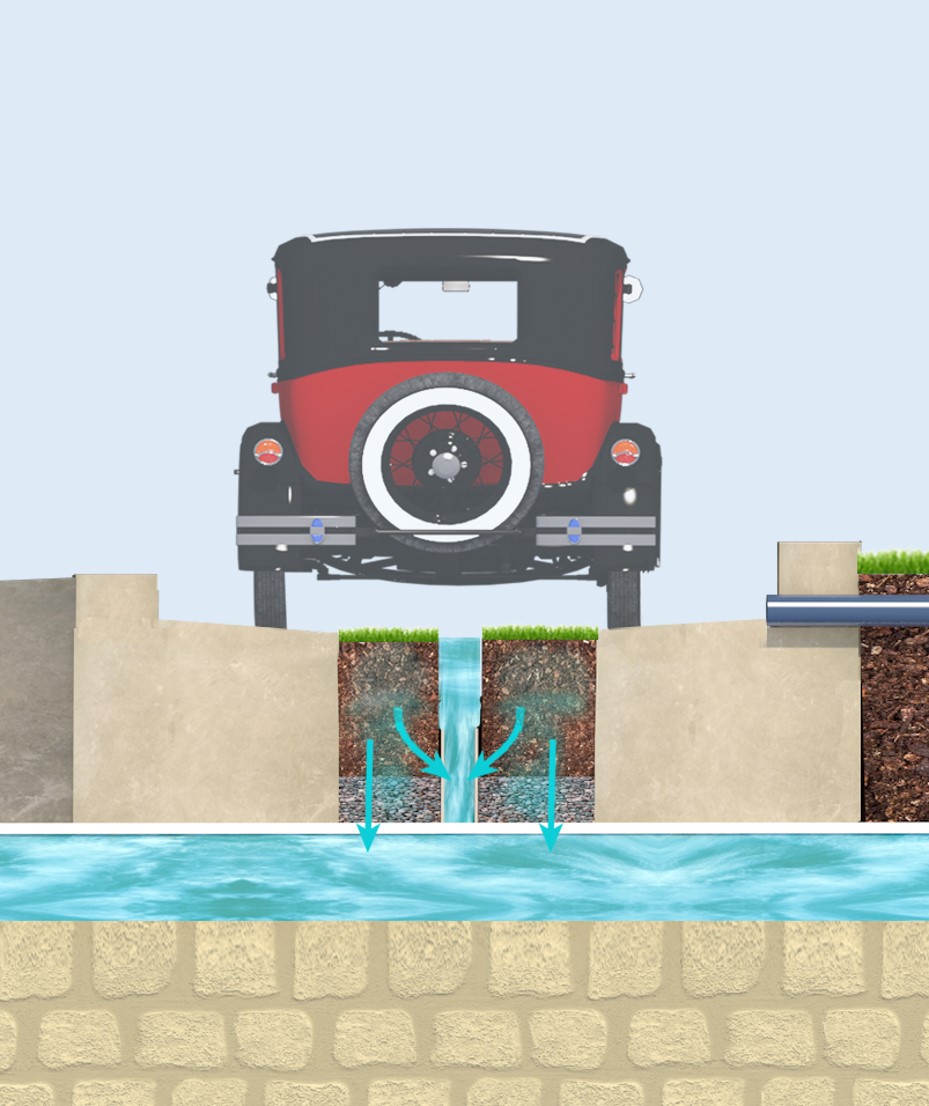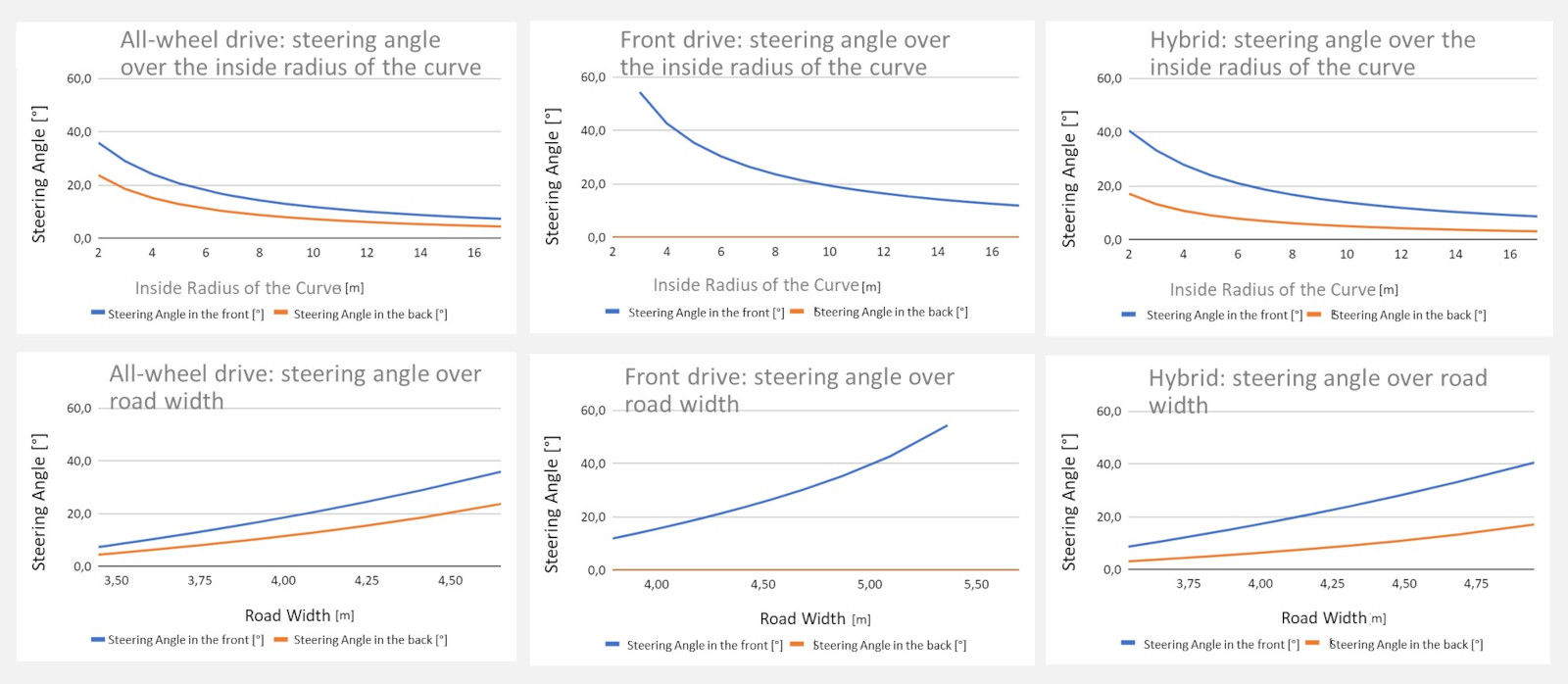Safety and comfort go hand in hand: the central control system optimally adapts the speed of the vehicles to the course of the road for every meter traveled - thus reducing the risk of accidents to almost zero and increasing comfort, as passengers do not get dizzy on curves
On the Frankfurt Bridges, the central system optimizes the speed of the vehicles in the curves so that the lateral acceleration is always below 1.5 m/s2. This is possible without any special effort because the central control system knows the exact nature of all curves. Acceleration (to a maximum of 30km per hour) only takes place on straight stretches.
This ensures maximum safety, but at the same time increases comfort: when driving a car on curvy roads, some people quickly become nauseous. This happens because the driver of the vehicle enters the curve at high speed or accelerates when leaving the curve. The occupants thereby experience a high, so-called lateral acceleration.
Experience shows that passengers in conventional local passenger transport are exposed to maximum lateral accelerations of approx. 2.0 - to 2.5 m/s2 . As the vehicles on the Frankfurt bridges reach their destination comparatively quickly when optimally controlled, high speeds or accelerations on curves are unnecessary.






